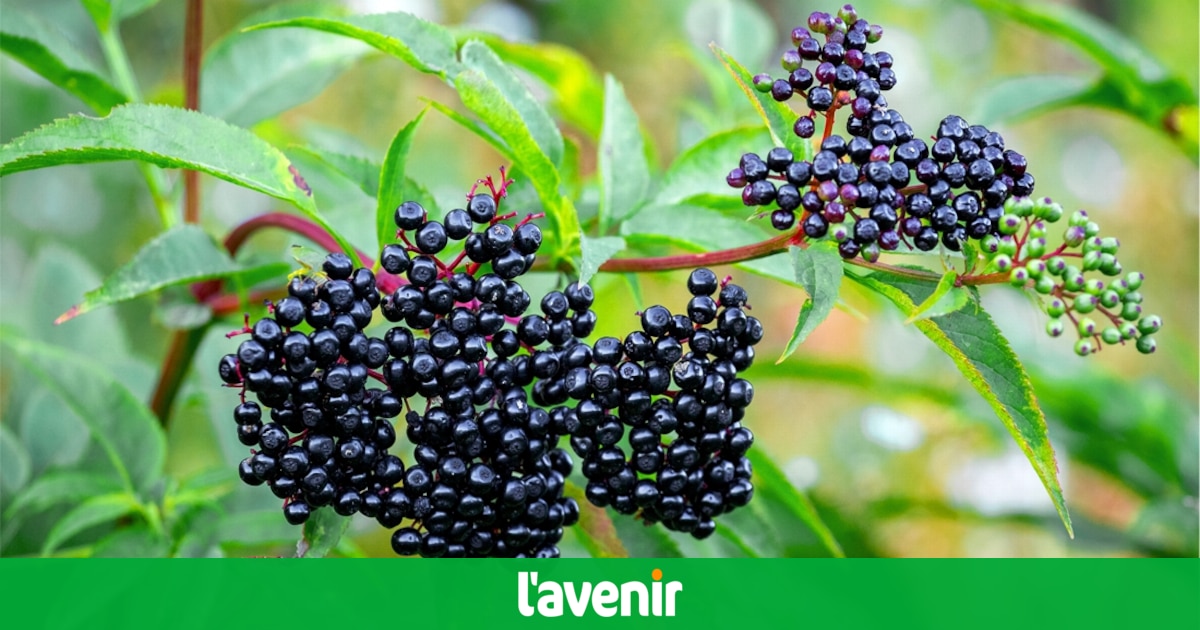If you want a living hedge in every sense of the word, there is a wide choice in the bush world. But there is one species that should automatically be found in these hedgerows: black elder. Draw attention to this shrub or small tree that is surprising and has several properties.
From the honeysuckle family
Black elder (Sambucus nigra) belongs to the botanical family Caprifoliaceae. Popularly, it is also called a big elder or even a tall tree, this big bush is a fairly common native plant in our country, where it never goes unnoticed when it blooms or is covered in bunches of fruit. In the old days, we used to find a black elder near all the houses in the countryside, because it was supposed to keep lightning, fire and… witches away. If allowed to grow freely – imposing – can reach 6-8m in height and sometimes a bit taller – black elder is easy to prune, keeping it a reasonable size for your garden. Its root system is strong, which allows the bush to be firmly anchored in the ground. In late spring and early summer, black elder is decorated with numerous white flowers gathered in a “sunshade”. They have a delicate scent and attract many insects, even if they are poor in nectar. Flowering is followed by fruit, ripe black, prized by birds as well as gardeners.
An easy-to-grow miracle plant
If you browse through old books, you will see that black elder has almost always been presented as a miracle plant in folk medicine. Its leaves were used to make a cleansing herbal tea, its flowers were used to fight fever, sinus infections, flu and flu-like conditions, and its fruits were used to make syrups, liqueurs or even delicious jellies. The top is “fairy champagne” made with flowers, water, sugar and two sliced organic lemons. Growing black elder couldn’t be easier. Although it grows in partial shade, it blooms much better in full sun. The floor? It accepts most soils, except for those that are too wet or, conversely, too dry. Its growth is fast. Apart from aphids, black elder is never attacked by pests or diseases. An ecological plant par excellence, especially since it is interesting to make manure from elderberry leaves to repel flies.
Don’t confuse it with yèble elderberry
This elder is not a shrub, but a perennial herb that can grow abundantly in nitrate-saturated soils. This is the reason why this elder is common next to large crops. Its flowers are pink and its berries are purple. All parts of the elder tree are poisonous.

